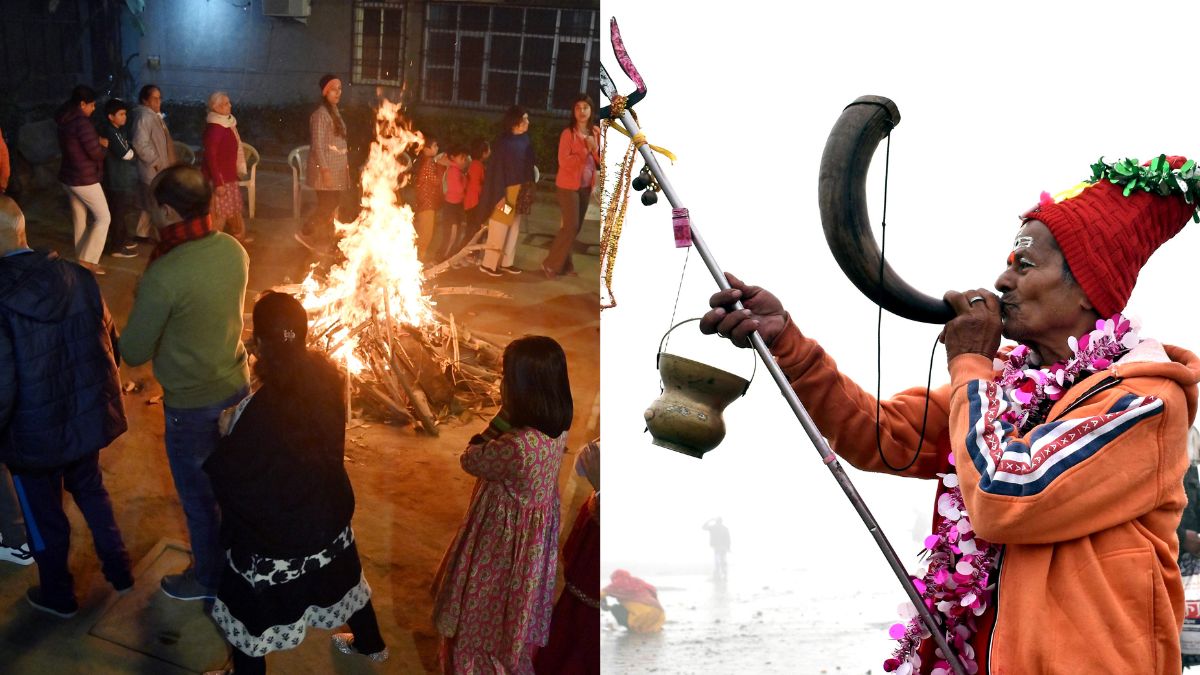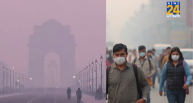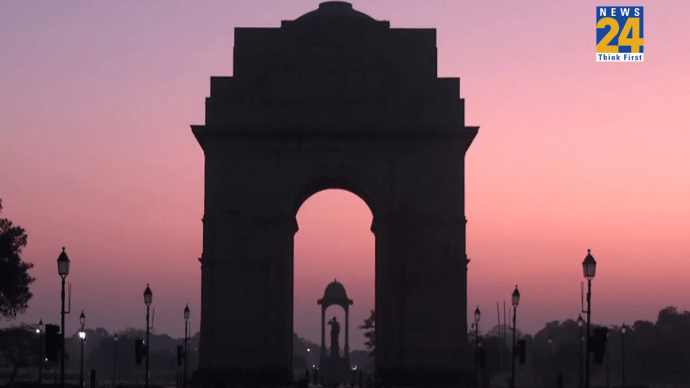Makar Sankrati, which is dedicated to the Sun God is a Hindu festival obsereved in January every year. It usually falls on January 14 (January 15 on a leap year. Makar Sankranti is indeed a significant festival celebrated with great joy and enthusiasm across India. It symbolizes new beginnings and the end of winter, with people engaging in various traditional activities like kite flying, bonfires, and feasts.
The festival has different names and customs in various regions of India. For example, in Punjab, it’s called Lohri, while in Tamil Nadu, it’s known as Pongal. The core essence, however, remains the same—celebrating the bounty of the harvest and the transition of the Sun.
What is It’s Significance?
Worshipping Lord Surya, the Sun God, is a key aspect of the festival. People offer their gratitude for the bountiful harvest and seek blessings for future prosperity. Each region of India has its own unique way of celebrating this festival, often involving traditional rituals, delicious foods, and community gatherings.
For example, in Gujarat, the sky is filled with colorful kites as people participate in kite-flying competitions. In Bihar, delicacies like tilkut and chura dahi are prepared, and in Karnataka, families exchange a mixture of sesame seeds and jaggery, symbolizing unity and goodwill.
Auspicious Time for Worship, Donation, and Bathing on Makar Sankranti:
Punyakaal: 09:03 AM to 05:46 PM on 14th January 2025
Maha Punyakaal: 09:03 AM to 10:48 AM
These are the most auspicious times for worship, making donations, and performing sacred baths on Makar Sankranti
Rituals:
Holy dip: A dip in holy rivers like the Ganges to cleanse themselves.
Puja: Prayers offered to the Sun God, Surya, for blessings and prosperity.
Feasting: Special dishes like til ladoo (sesame seed balls), khichdi, and pongal are prepared and shared.
Kite flying: A popular activity, especially in Gujarat and Delhi, where people fly colourful kites.
Charity: People donate to the needy and perform acts of kindness.
Makar Sankranti’s Regional Celebrations:
Lohri (Punjab): Bonfires lit, celebration with folk songs and dances.
Pongal (Tamil Nadu): A four-day harvest festival with colourful decorations and offerings to the Sun God.
Bhogali Bihu (Assam): A harvest festival with bonfires, feasting, and cultural performances.
Regional Names Of MakarSankranti
Maghi Saakhi (Himachal Pradesh): Locals in Himachal Pradesh observe Magha Saaji as Makar Sankranti. Sankranti is known locally as Saaji, and the month is called Magha. People visit the temples on this day to seek the Lord’s blessings and take a plunge in the area’s sacred rivers.
In Kerala, devotees of the god Ayyappan observe Makaravilakku with a pilgrimage to the Sabarimala temple.
Other names for the holiday in various regions of India include Maghi, Khichdi, and Poush Parbon, among many others.
BAJRA JAGGERY BHAKRI
Ingredients
1 cup bajra flour (pearl millet)
1/2 cup warm water
A pinch of sendha salt
A pinch of cardamom powder and white sesame seeds
Cow ghee for cooking
Preparation:
Start by dissolving jaggery and a pinch of salt in hot water. Once the mixture cools slightly, blend it with bajra flour, roasted sesame seeds, and a hint of cardamom powder. Knead everything together until you have a smooth dough. Divide the dough into equal parts. Rub some ghee on your palms and gently pat each portion into a disc shape. Place the discs on a hot tawa and cook until they turn a beautiful golden brown on both sides. Add a drizzle of ghee and roast a little longer for an extra rich flavor.
MILLET TILL PUDDING
Ingredients
1/2 cup millet (foxtail or barnyard)
1/4 cup jaggery
1/4 cup sesame seeds (roasted)
2 cups almond milk or regular cow milk
1/4 tsp cardamom powder
Nuts for garnish
Preparation
Begin by cooking millet in milk until it becomes soft and creamy. In a separate pan, melt jaggery with a splash of water and then blend it into the cooked millet. Add in the roasted sesame seeds and a sprinkle of cardamom powder, stirring thoroughly to mix the flavors. Finally, garnish with your favorite nuts and serve it warm.













